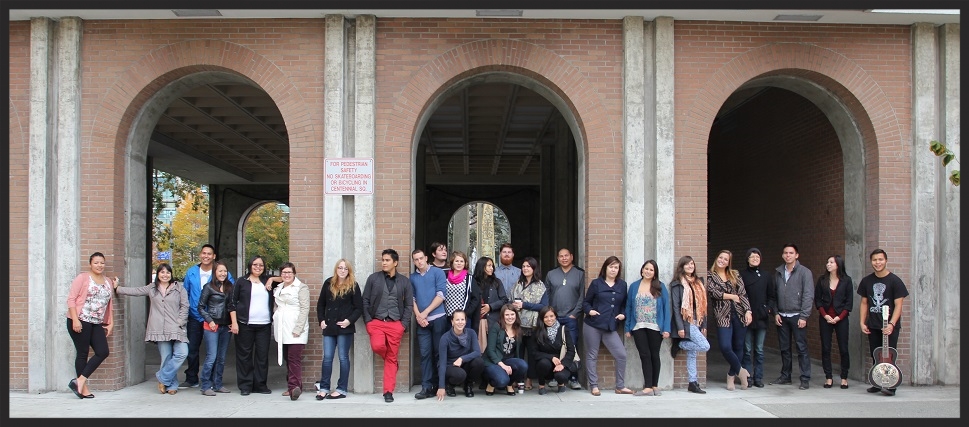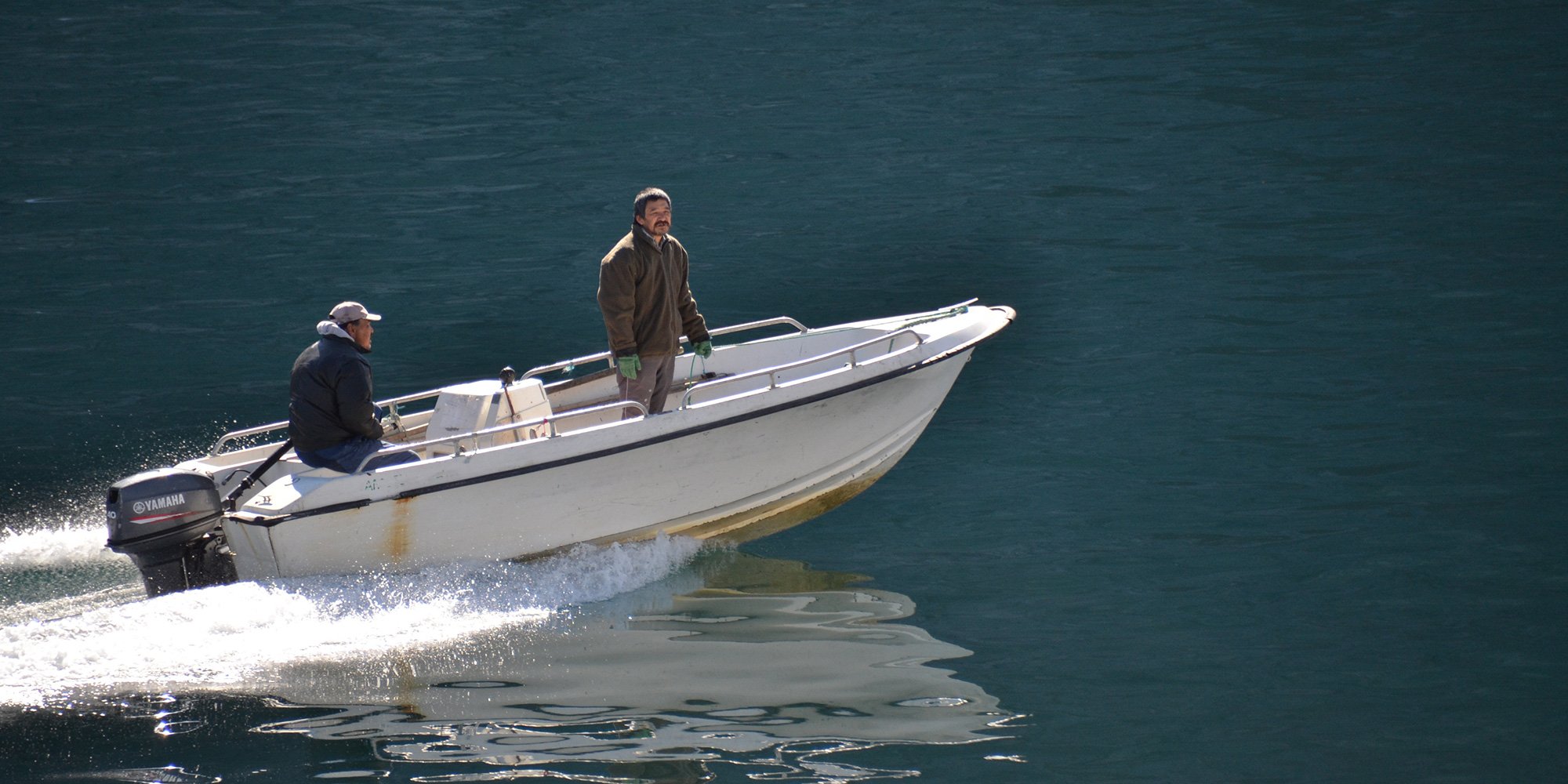Indigenous Retention Strategies and Cultural Leave
If retention of Indigenous workers is a goal for your company, then cultural leave should be addressed in your company policy. A culturally...

Boasting a 90% completion rate, the Aboriginal Youth Internship Program (AYIP) has a winning model for Aboriginal recruitment. AYIP is a 12-month paid internship for Aboriginal youth who are between 19 and 29. Interns are placed in provincial government ministries for nine months and then in Aboriginal organizations for three months.
AYIP is a collaboration between the BC Public Service Agency, the Ministry of Aboriginal Relations and Reconciliation, Aboriginal leaders, and Aboriginal youth organizations. The award-winning program received the Deputy Ministers Award of Excellence in Innovation in 2009 and the Premier's Award for Partnership in 2010/11.
Program Lead, Stephanie Papik, BSc. (Hon), is a firm believer in the value of working with youth and has a passion for preparing them for successful career paths. Alumni from the program have gone on to become chiefs, councillors of their communities, executive directors for Aboriginal organizations, as well as full-time members of the public service.
What avenues do you use to get the word out about the program to Aboriginal youth?
We use social media a lot, and we also attend events. The biggest one we attend is Gathering Our Voices, which is a national Aboriginal youth conference, and draws youth from across Canada. We attend some career fairs and at these, we will coordinate with an Aboriginal liaison to set up a meeting with some of the students, and we bring pizza and talk to them about the program.
We also host lunches at First Peoples House at UVic, and other post-secondary institutions in coordination with their Aboriginal liaison. Some of our current interns will attend and talk to the students about their experiences in the program and working in government. This is also a good opportunity for the interns to work on their public speaking and networking skills.
Do you attend community and/or cultural events or sports tournaments?
Yes, we try to attend those events, Moosehide Campaign, and local friendship center events. There are time constraints, though on how many events we can attend as there are only three of us on the Team.
What is your target age group for interns?
We hire 19-29, which allows one year for life experiences after completing high school.
Are your applicants from urban or rural settings?
Both. Because the hiring process is online, we recognize that for some applicants in remote communities with dial-up internet this is a barrier so we circumvent the usual online process and have them fax in their applications and we create an online profile for them. We try to remove as many barriers as possible.
How many interns have completed the Program over its seven years?
146 interns have completed the program. We have never heard of anyone who regrets completing the program but we have had people regret leaving the program. If an intern leaves the program before completion they can’t re-apply.
What are the most common reasons for not completing the program?
The positions the interns can apply for in the public service are auxiliary which don’t have benefits packages. So, there are no personal sick days or time off to attend a funeral. Not having family sick days is hard for single moms so sometimes they leave for jobs that have benefits. But, it’s not black and white, most supervisors understand the spirit and essence of the program and try to find ways to be flexible.
What is the next step for the interns after they have completed the one-year program?
We work with them throughout the year to set them up for applying and interviewing. We do two site visits which include exercises that help build their comfort level in speaking about their strengths - because that is often hard for Aboriginal people - and we do a circle exercise to acknowledge the strengths of others. We also provide ongoing support such as resume development and reference letters. Once they have completed AYIP, They have a two-year window in which to apply for internal postings. The alumni provide ongoing engagement and sharing of their experiences and wisdom. And, once they move into full-time positions we stay in touch - once you are part of the Aboriginal Youth Program you are family.
Why do the interns spend three months in an Aboriginal organization if the program is designed to encourage them to consider careers in the public service?
Two of our four program goals are to help build capacity within Aboriginal communities and to build relationships between government and Aboriginal communities. The three-month secondment puts youth in the communities and they help to change preconceptions about government, that there are a lot of people in the government who are passionate about their jobs and are really trying to make a difference.
What best advice do you have for other organizations who are interested in recruiting Aboriginal youth?

If retention of Indigenous workers is a goal for your company, then cultural leave should be addressed in your company policy. A culturally...

In our work, we receive a lot of questions about effective Indigenous recruitment and retention strategies. A frequent recruitment predicament we...

Dean has been the Aboriginal Liaison for the Construction & Specialized Workers Union Local 1611 for five years. Prior to becoming a Business...